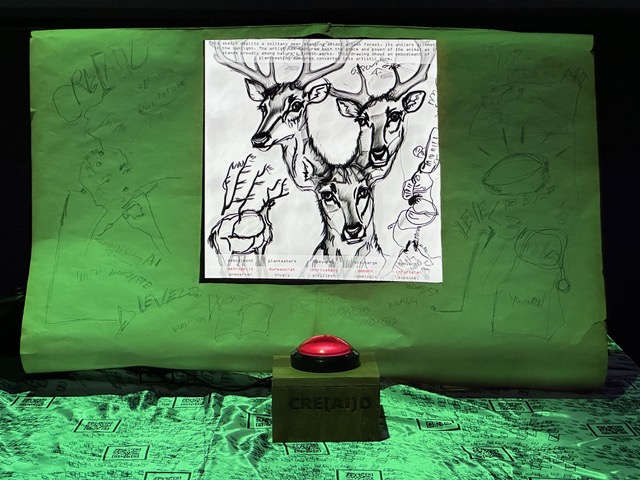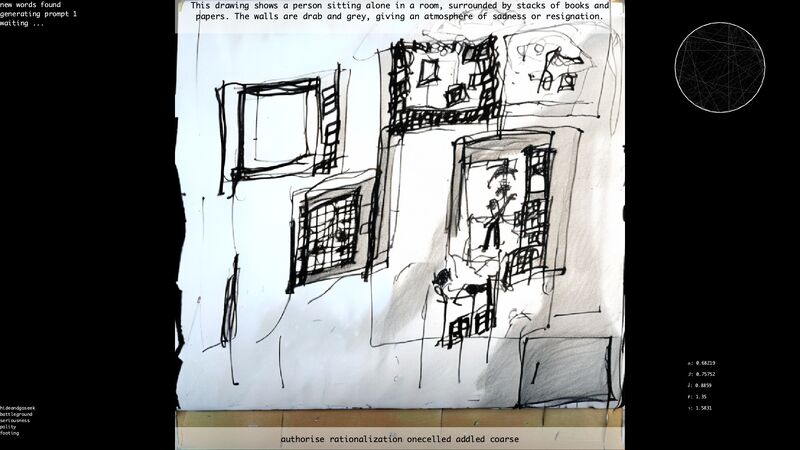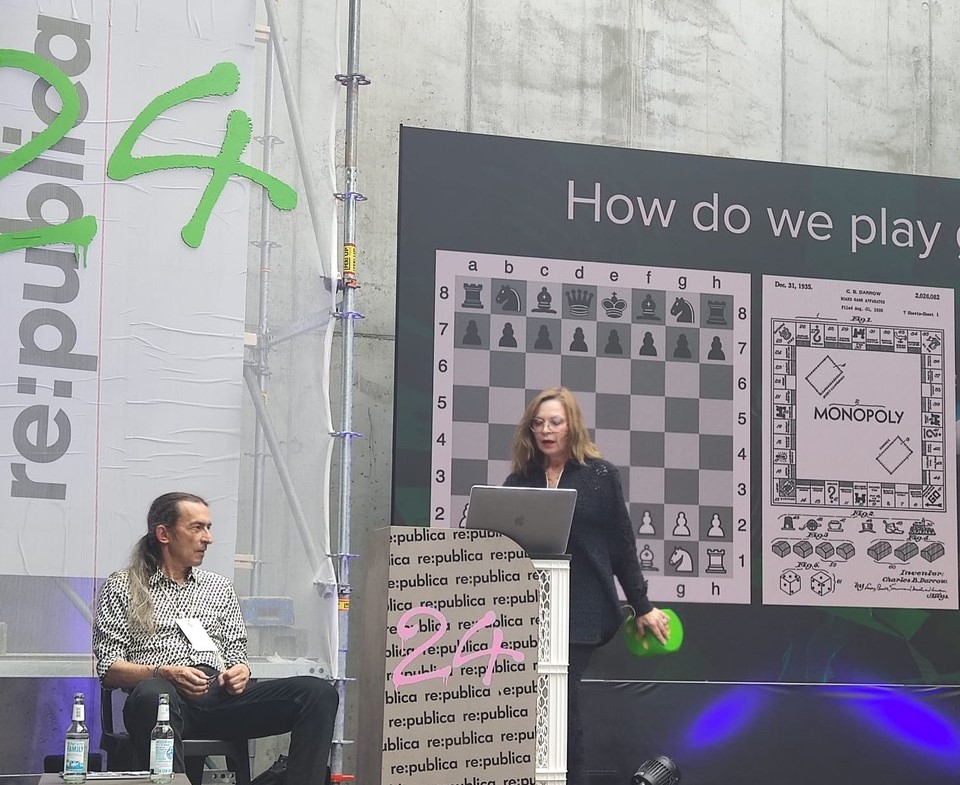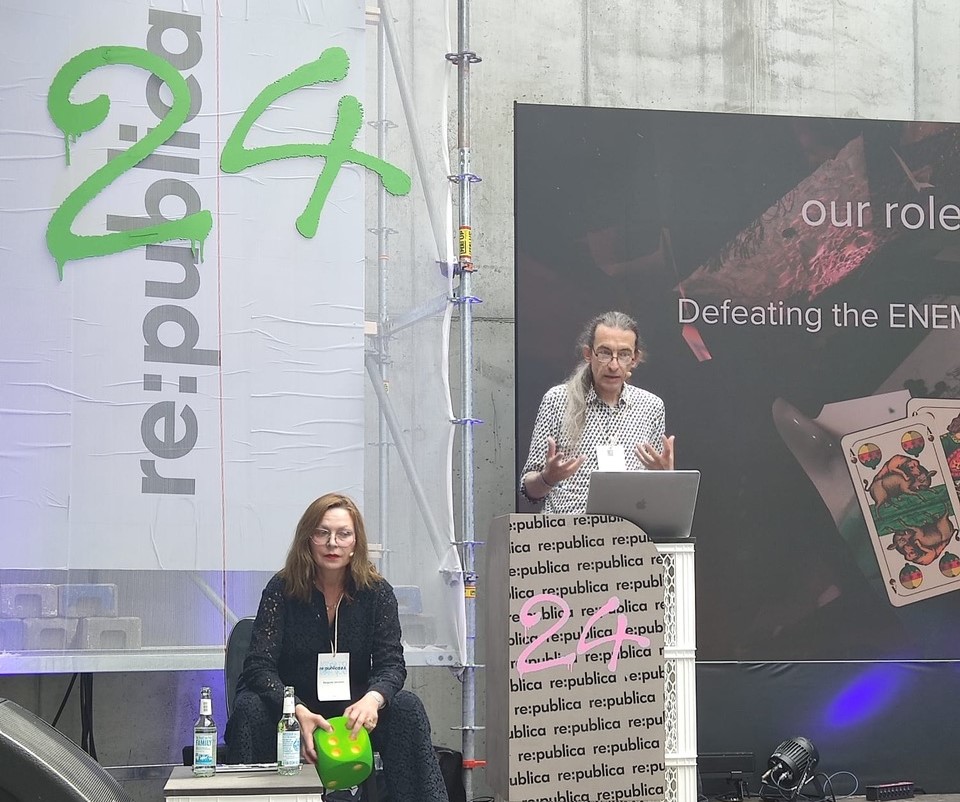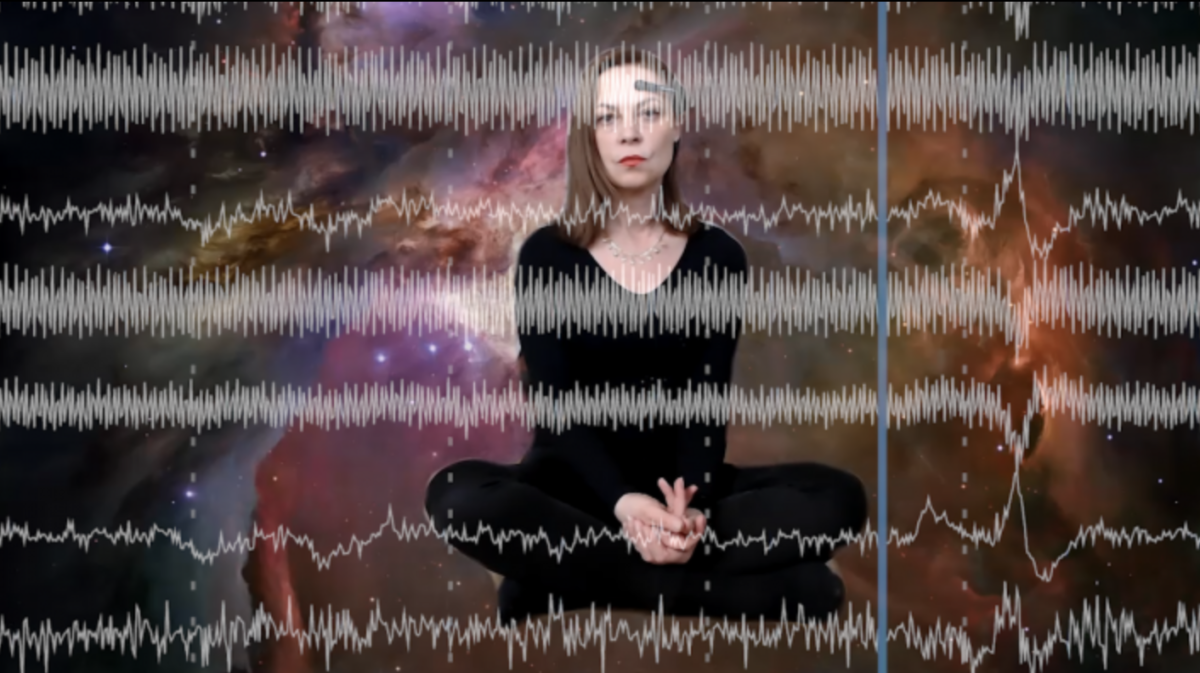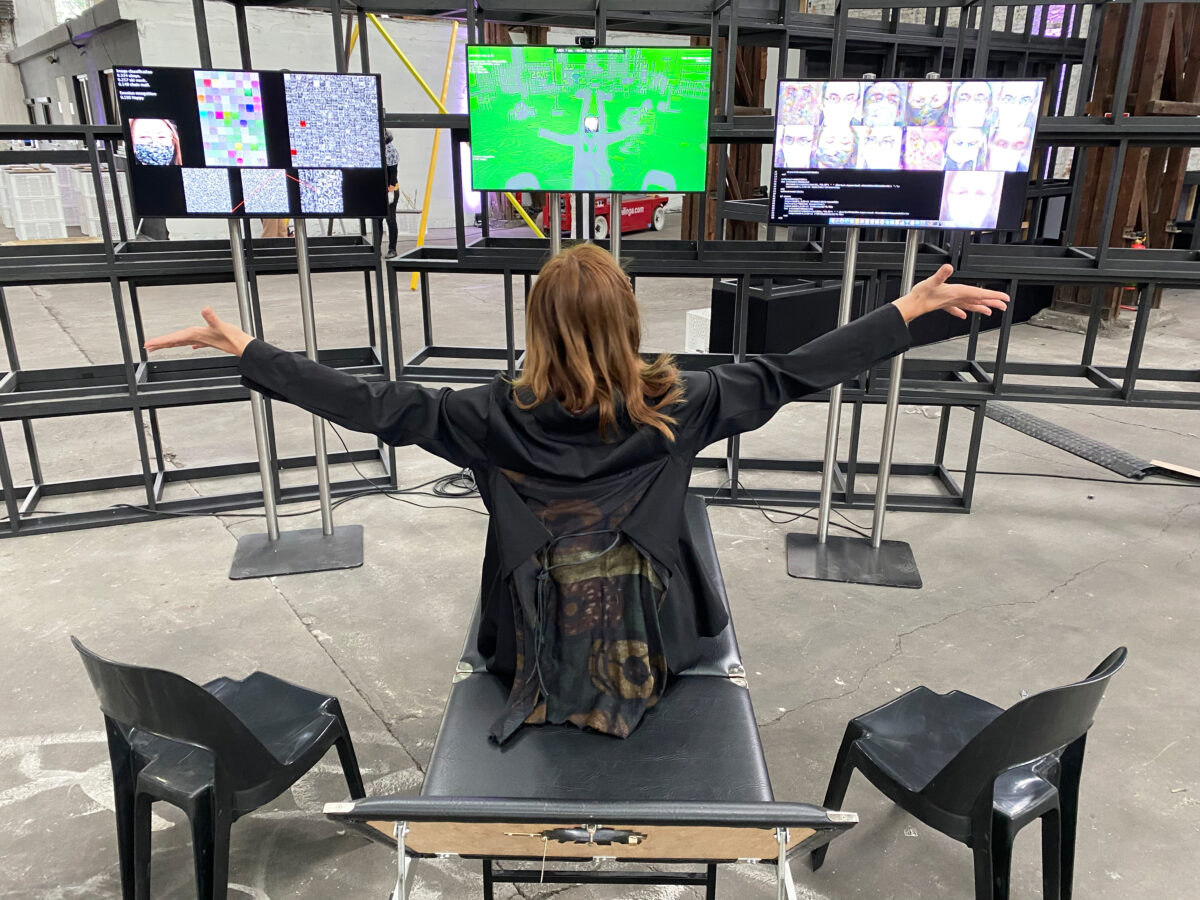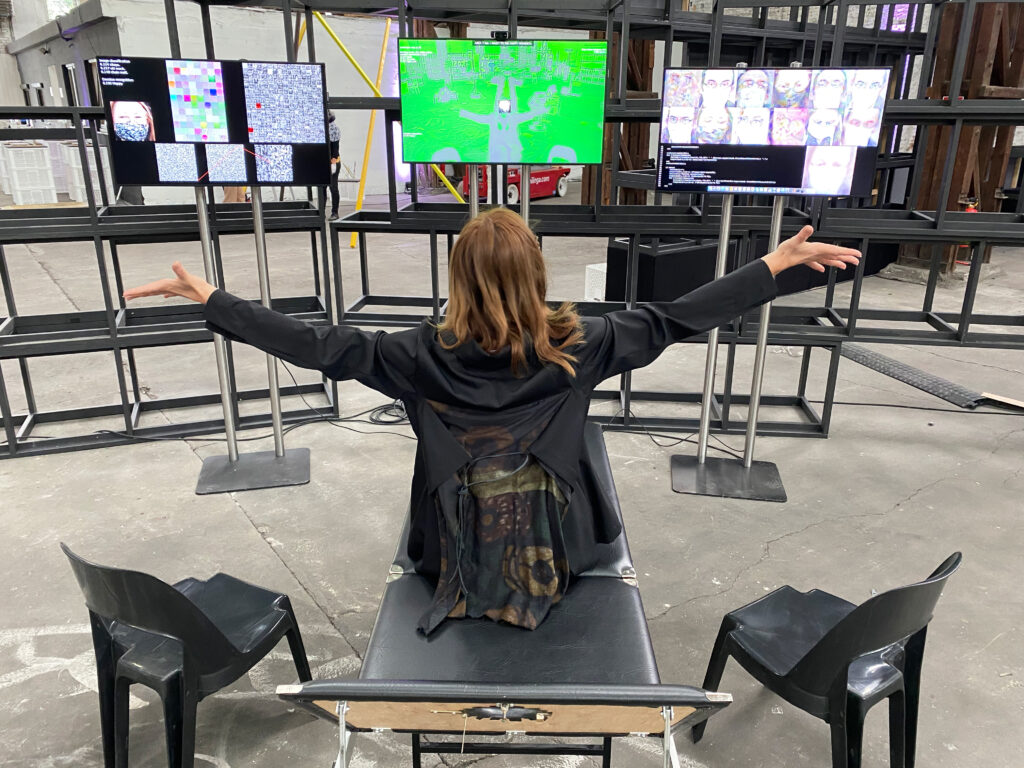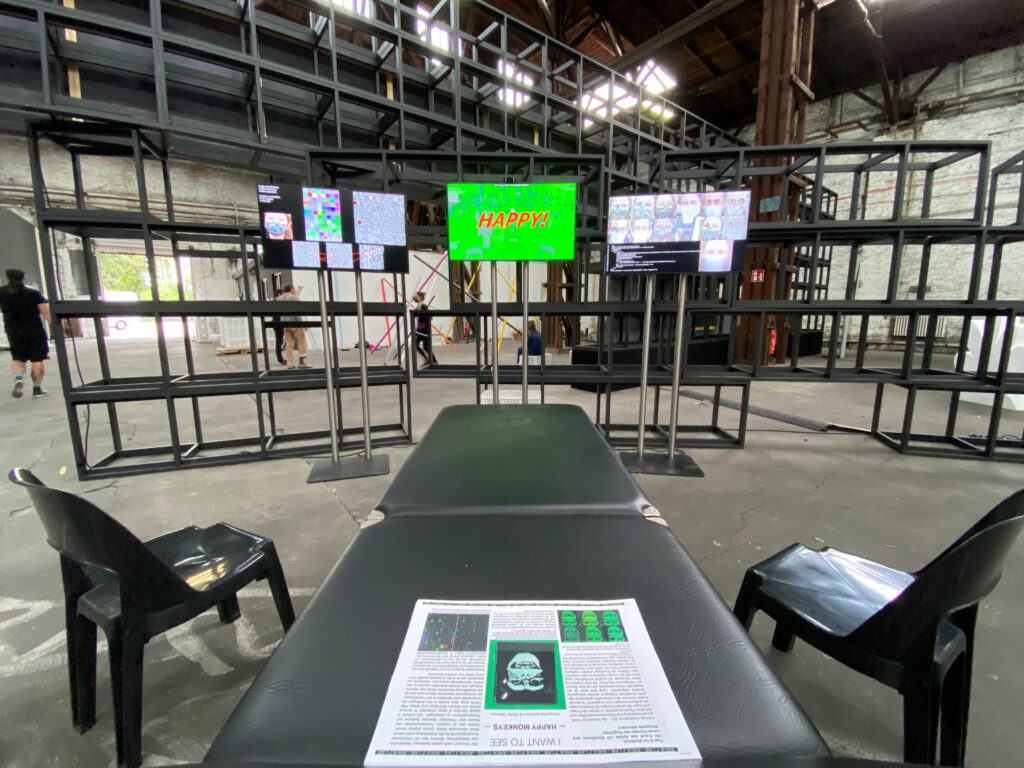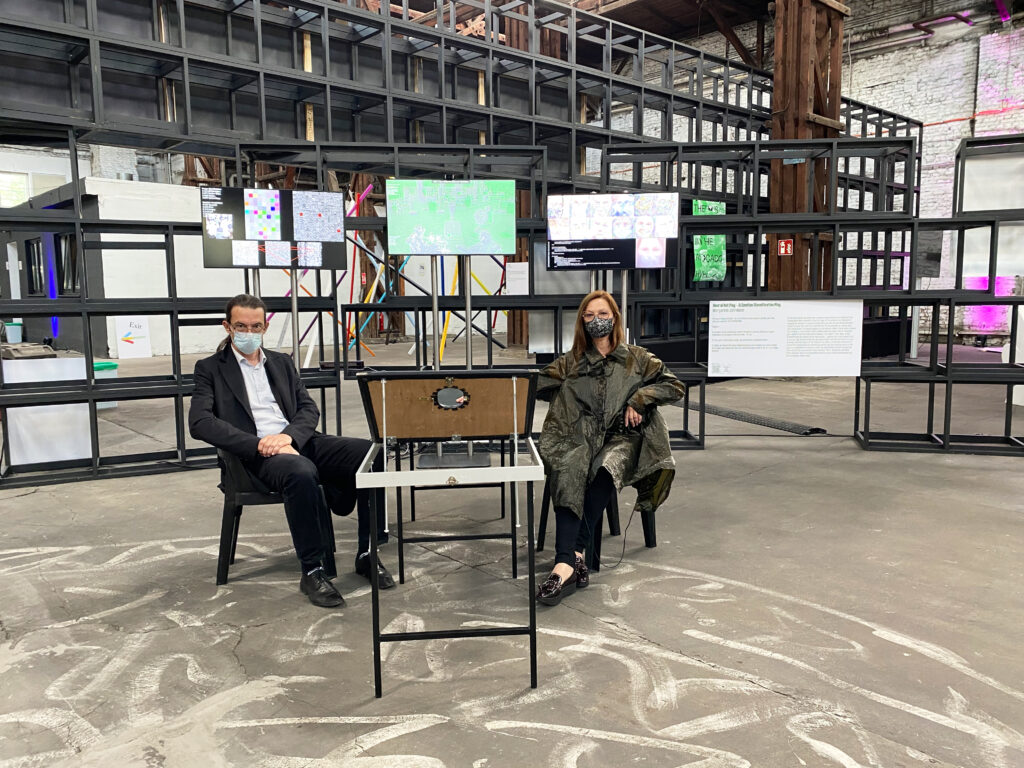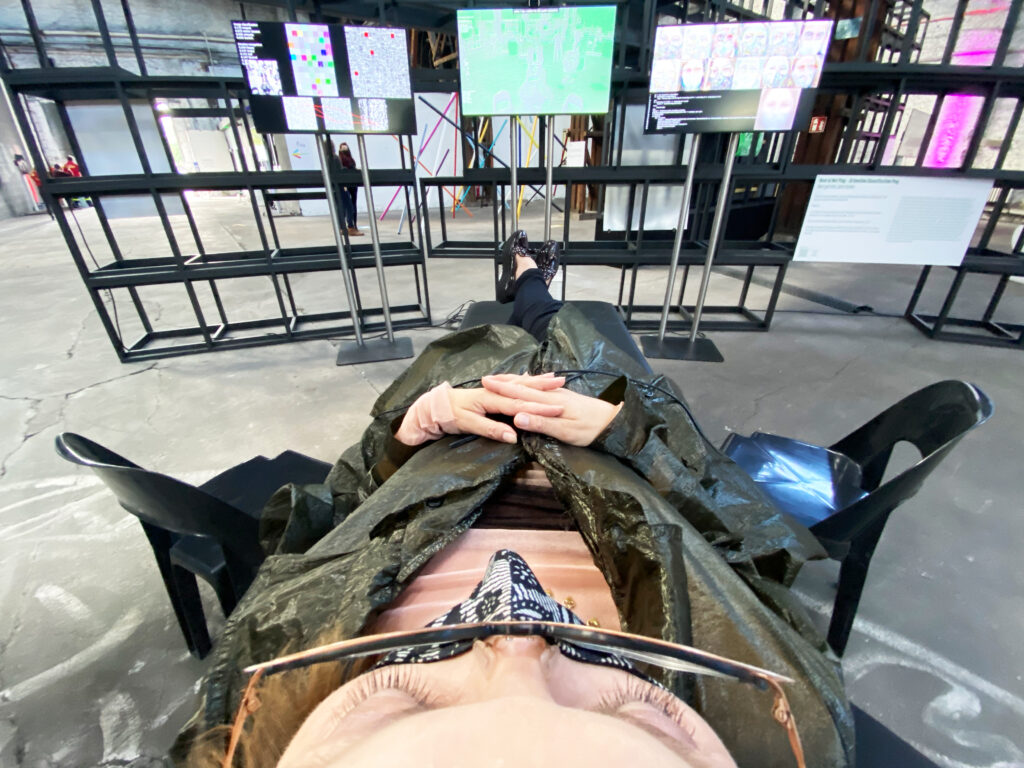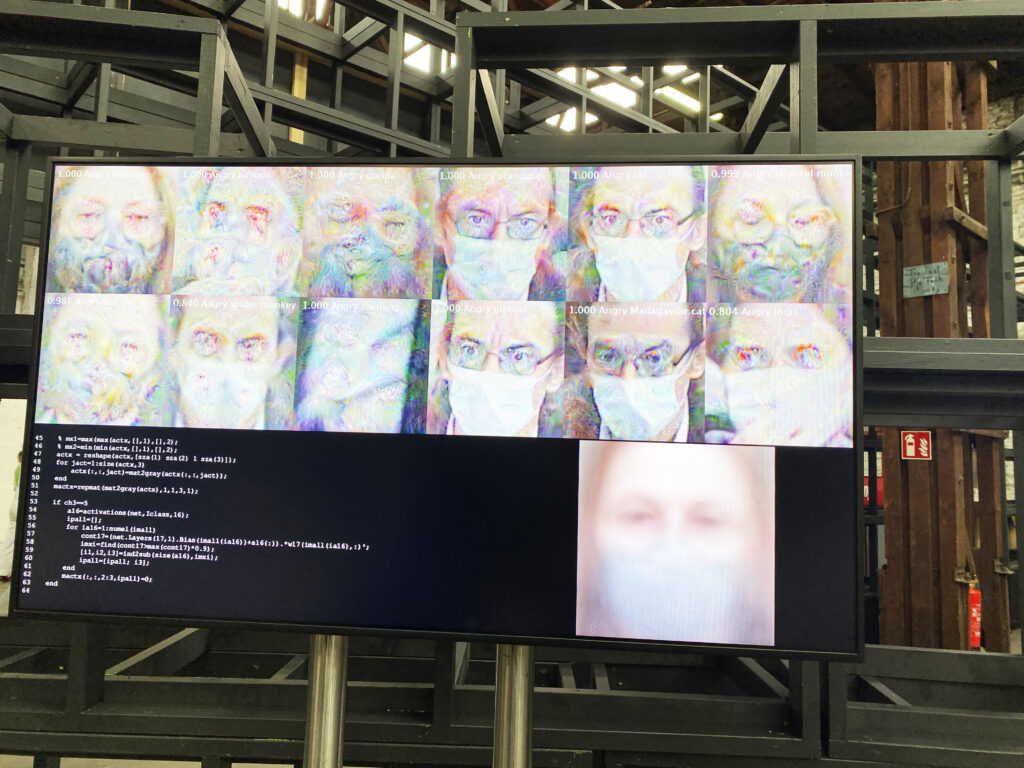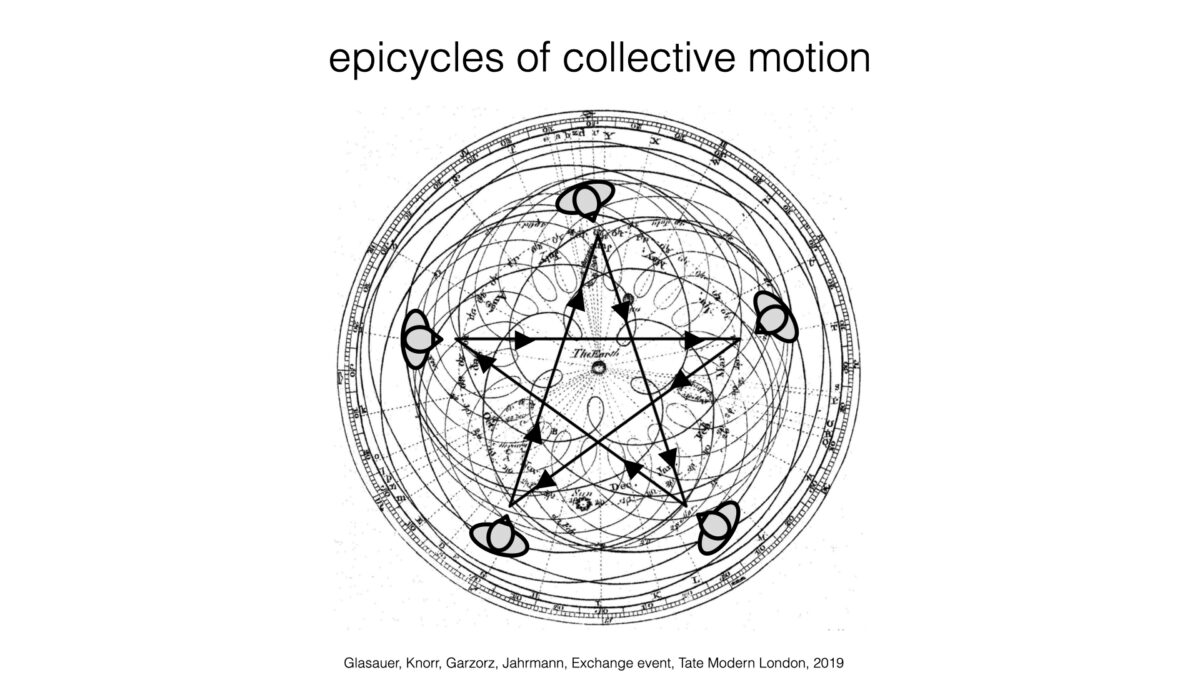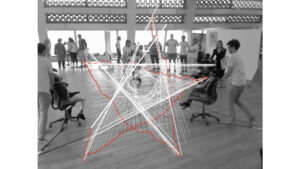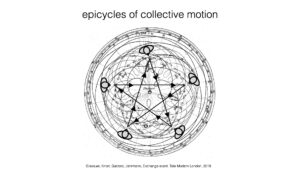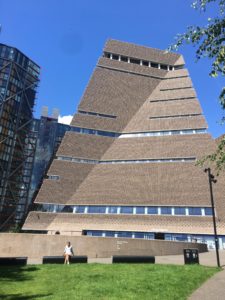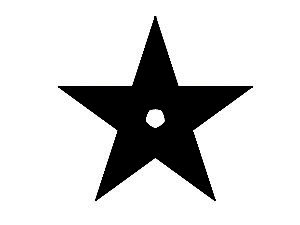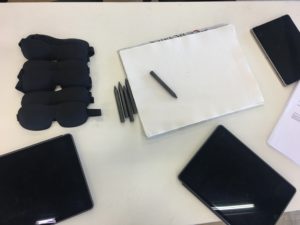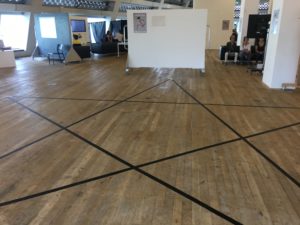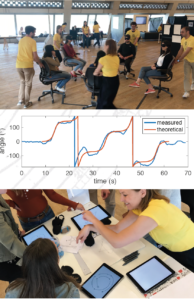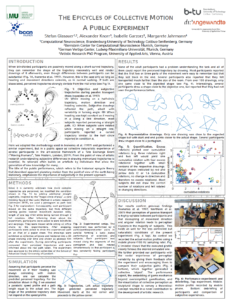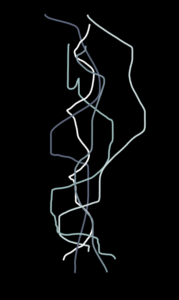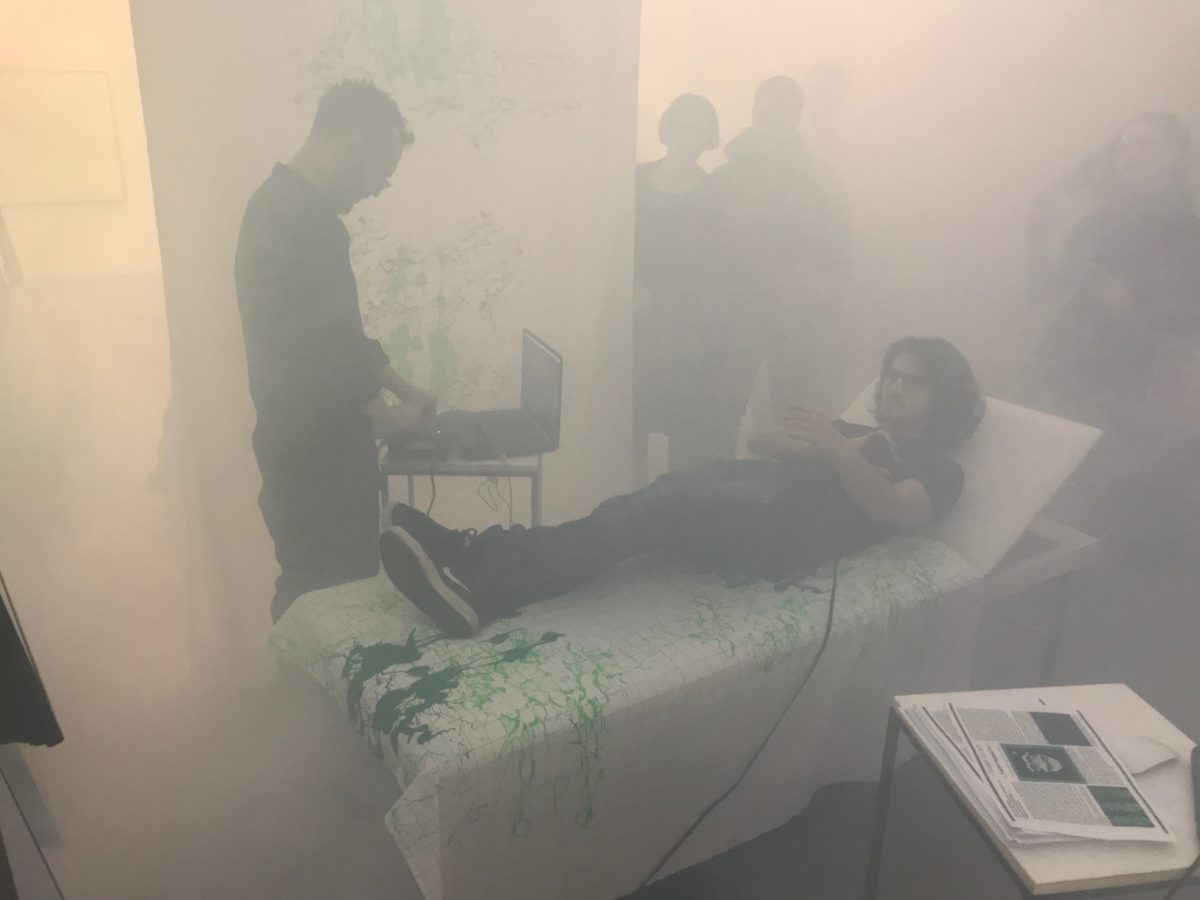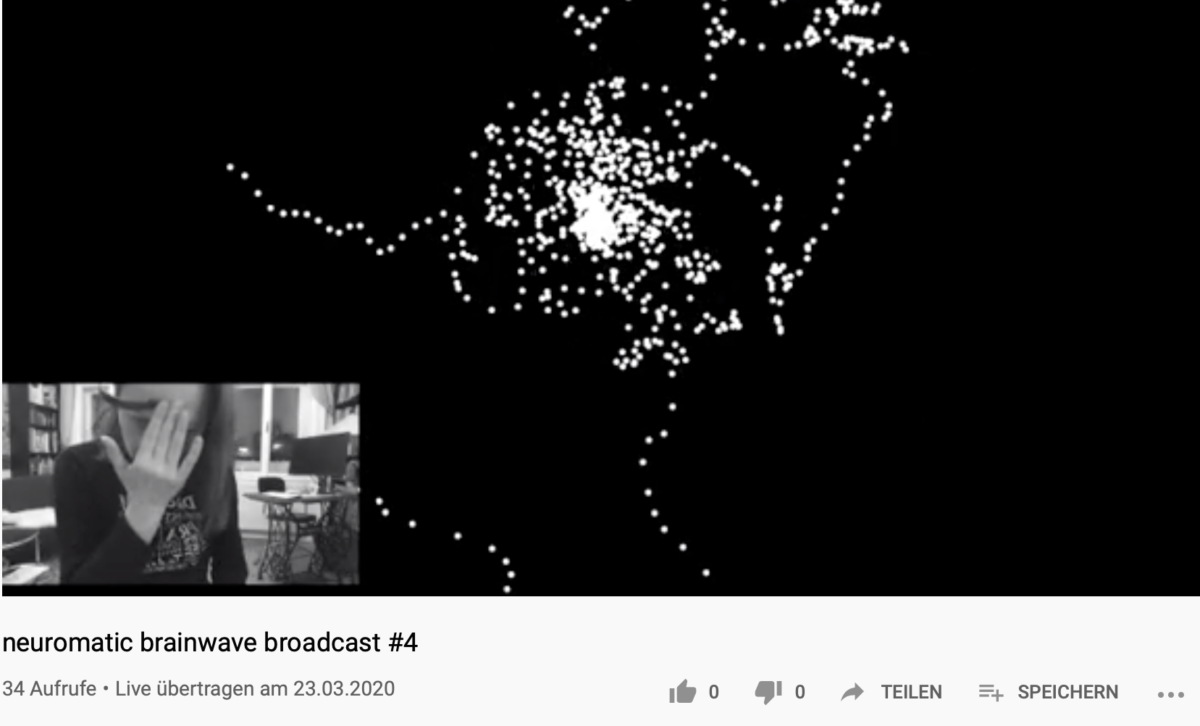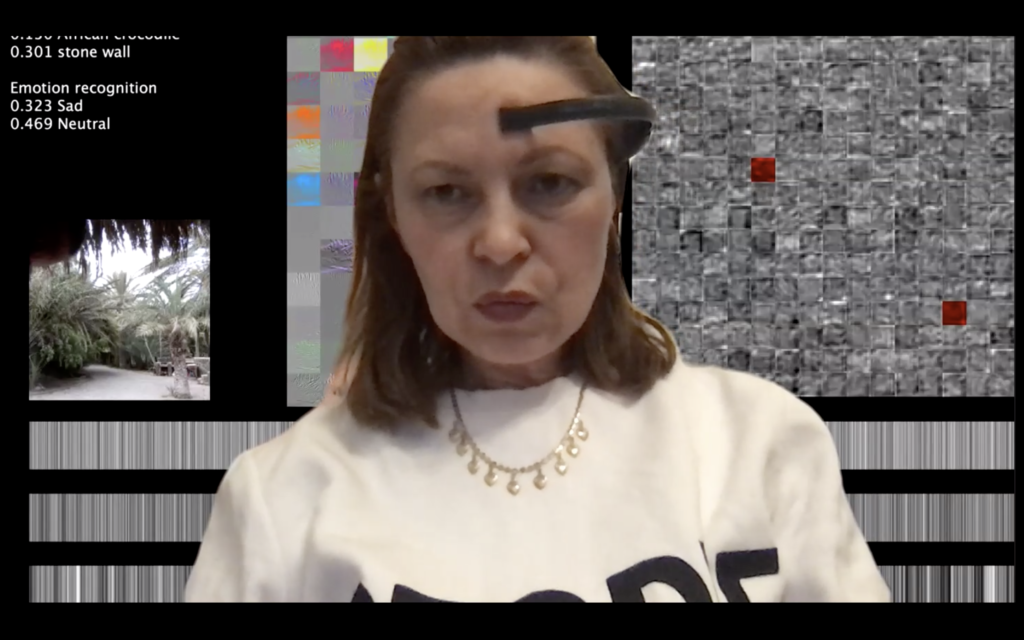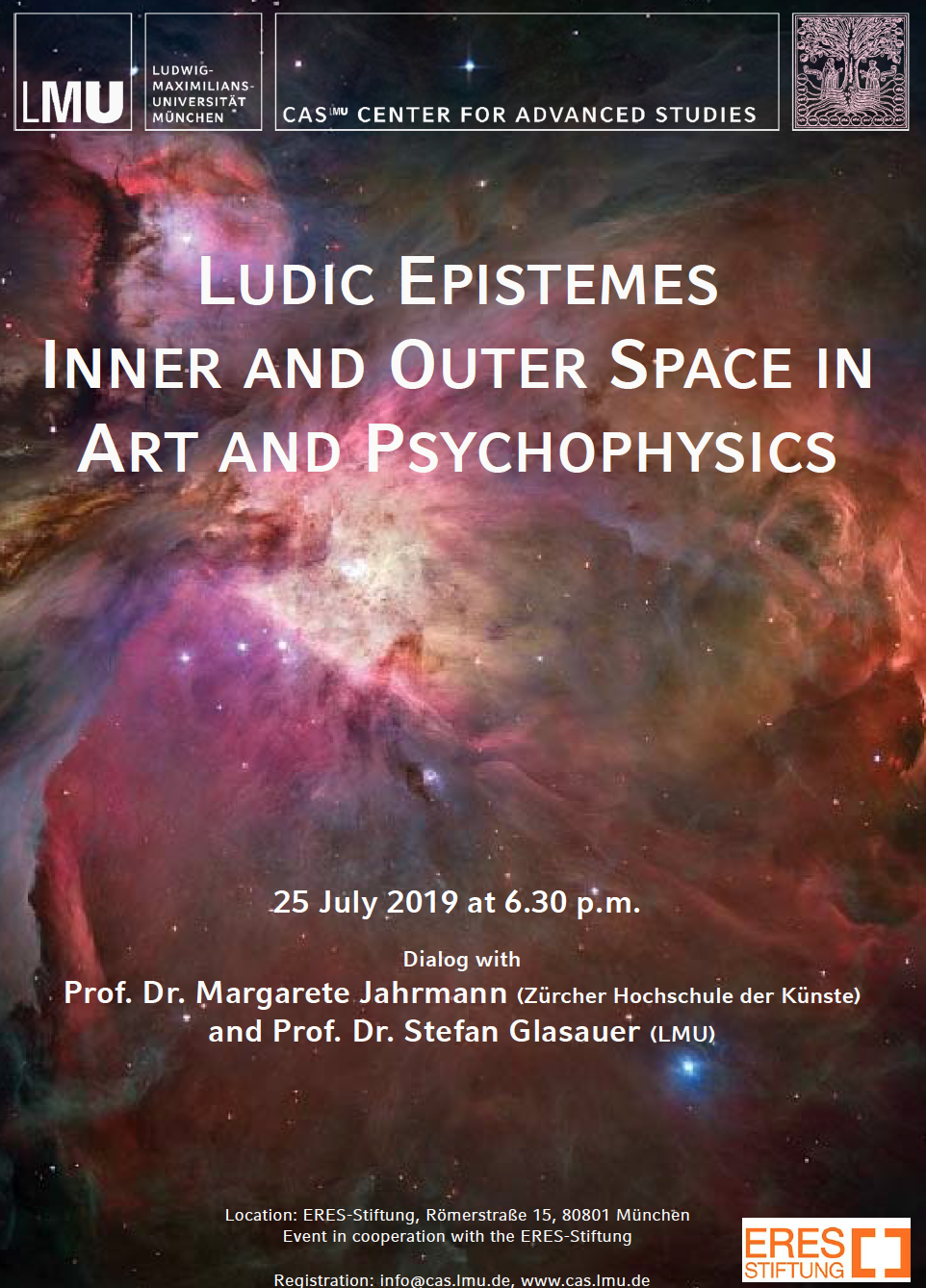On the occasion of #CATALIGHT #KT show: “AUS LICHT UND WASSER. VOM STREBEN NACH »OBERFLÄCHLICHKEIT«.
7th December 2024 till 26th January 2025 at Kunstverein Ulm.
Eine Topfpflanze vertritt in dieser Installation die Welt der Pflanzen. Es ist bekannt, dass Pflanzen auf Berührung reagieren – häufig mit Stress oder Abwehrreaktionen, weil sie Fressfeinde erwarten müssen. Andererseits bewegt auch der sanfte Wind, der für Bestäubung und Vermehrung sorgt, die Blätter. Diese Pflanze darf von Besucher*innen berührt werden, denn sie ist die Berührungsstelle zum Spiel. In der Folge illuminiert UV-Licht ein Muster auf dem Stoff – ein in der Neurowissenschaft routinemäßig verwendeter Farbstoff leuchtet auf.

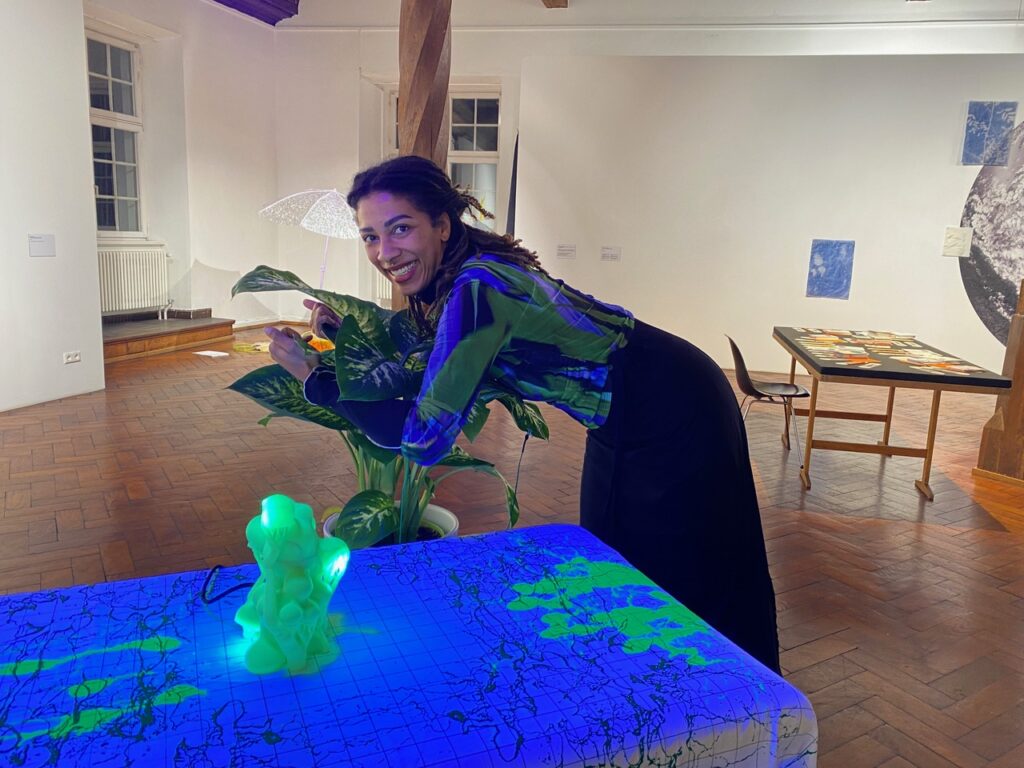
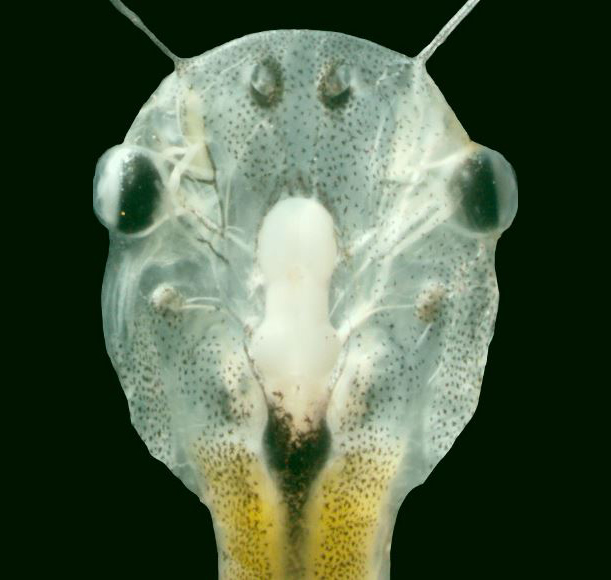


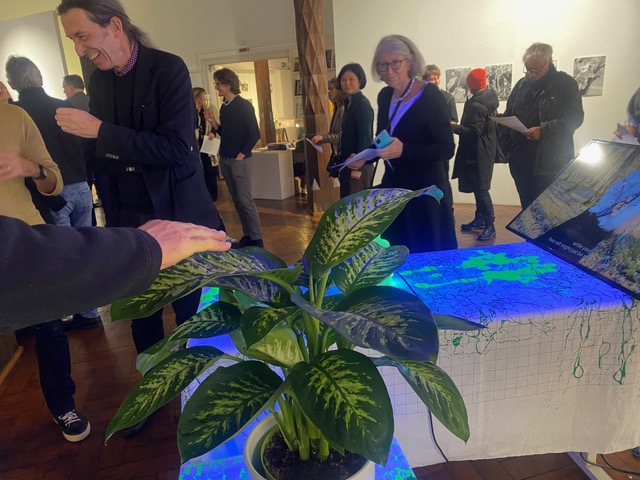
“Alexa Fluor 488” wird dafür verwendet, Nervenzellen anzufärben und bildet hier Kaulquappen-Nervenzellen ab. In einem wissenschaftlichen Experiment konnten einzellige Algen Gehirnareale von Kaulquappe des Krallenfrosches (Xenopus laevis) durch Photosynthese von innen mit Sauerstoff versorgen, wenn dem Kaulquappengehirn der Sauerstoff von außen entzogen wurde. Die Algen (Chlamydomonas renhardtii) waren durch Injizieren in das Gefäßsystem zu inneren Mitbewohnerinnen der Kaulquappen gemacht worden. Das Berühren der Pflanze und Auslösen des UV-Lichts in dieser Installation leuchtet die Möglichkeitsräume von “Photosymbiose” aus, die auch menschliches Gewebe mit Sauerstoff versorgen könnte. Die forschende Künstlerin Jahrmann gestaltet und druckt, durch sanftes Streicheln auf dem Stoff, die Nervenzellen als Stoffmuster.
Der Spieltrailer ist eingebettet in ein Setting, das an medizinische Untersuchungen erinnert. Zum einen verbindet Margarete Jahrmann damit ein Ausgeliefertsein. Zum anderen nutzen die Künstlerin und der Neurowissenschaftler Glasauer neurologische Untersuchungen für ihre Forschung zu alternativen Zielen und Belohnungskonzepten im Medium Spiel. Die meist unhinterfragten Mechanismen des Sammelns und Eroberns (collect and conquer) spiegeln unsere westliche Lebensweise auf dem Planeten und reproduzieren sie. Um andere Formen des Zusammenlebens erfahrbar zu machen, sind alternative Spielkonzepte wie “Multiperspectivity” wichtige Räume des Experimentierens und Lernens.
2024-12-09-11-06Margarete Jahrmann & Stefan Glasauer, Jahr: 2024/25
Materialien: Installation/ Filmessay zum TADPOLE – Addendum “TREEgame”, handgedruckter Stoff mit Alexa Fluor Green, Pflanzenobjekt, Elektroden, Controller Blau-Licht, Untersuchungsliege.
Concept Zeichnung, Stoffdruck und Design/ Konzept Pflanzen Connector Game: Margarete Jahrmann
Controller: Georg Luif
Blue Light Lamp „Tadpole“: Stefan Maier
Tadpole Scary Clip Elements: Louise Linsenbolz.
Film Essay: Stefan Glasauer.
www.kunstverein-ulm.de/ausstellungen/aus-licht-und-wasser-vom-streben-nach-oberflaechlichkeit
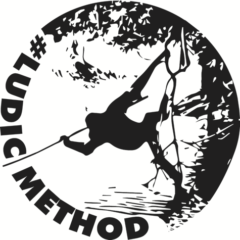

![CRE[AI]D – A brain aided artistic image liberation game](http://www.margaretejahrmann.net/wp-content/uploads/2025/03/Screenshot-2025-03-18-at-17-26-44-Edit-Post-CRE-AI-D-–-A-brain-aided-artistic-image-liberation-game-‹-Ludic-Art-Activism-—-WordPress.png)
